Did you know your heart rate training zones change as you age?
For years, the old Karvonen formula (220 – age – resting heart rate) was the go-to. But research shows it underestimates max heart rate in older adults. That means your workouts may have felt harder than the math said, and your “training zones” may not have been giving you the right picture.
👉 Translation: science changes, and so does your body.
So… how hard should you be working out?
There are a few ways to approach this:
- Simple method: Alternate hard and easy workout weeks, or go two weeks hard, one week lighter. Add in more rest days if you need them.
- Scientific method (this blog): Use your heart rate to monitor training zones, adjust intensity, and recover better.
Both can work. Just remember — what feels like a warm-up for one person can feel like a max effort for another.
Why Heart Rate Matters
Too many hard workouts without good recovery or nutrition can leave you swimming in cortisol (the stress hormone). That’s bad news for fat loss, performance, and even your mood.
The good news: smart training (weights, intervals, recovery days) triggers the good stress response, raising human growth hormone. This helps:
- Burn more fat
- Build lean muscle
- Support connective tissue (fewer injuries)
- Improve recovery and athletic performance
Factors That Slow Recovery
Pay attention to these red flags:
- Depleted fuel: Didn’t eat enough = slower recovery.
- Heat: Hot temps push heart rate higher at the same effort.
- Elevated resting heart rate: Even if you feel fine, your body might still be repairing. Track it daily to know when to back off.
📝 Pro tip: Swimming heart rates are usually ~10 bpm lower. And cyclists/swimmers often burn fewer calories per hour than runners — that’s normal.
The Updated Formula (More Accurate Than the Old One)
Here’s the modern way to calculate your training zones:
- Resting Heart Rate (RHR): Take your RHR for 5 mornings in a row, before you get out of bed. Average the numbers.
- Max Heart Rate (MHR): 208 – (0.7 × your age)
- Heart Rate Reserve (HRR): MHR – RHR
- Zones: Multiply HRR by the % below, then add RHR back in.
- Zone 1 (50–60%): Active recovery / easy movement
- Zone 2 (60–70%): Aerobic base training (steady cardio, recovery runs)
- Zone 3 (70–80%): Aerobic endurance (tempo runs, steady harder work)
- Zone 4 (80–90%): Anaerobic training (intervals, hill sprints, tough workouts)
- Zone 5 (90%+): Max effort, short bursts (<90 sec)
Example: Old vs. New Formula
Let’s say age = 42, resting HR = 50.
- Old formula (220 – 42 – 50): ~128 bpm
- New formula: 208 – (0.7 × 42) = ~178 bpm
That’s a 50 bpm difference in max heart rate estimates! Which means your “training zones” shift higher with the newer formula.
Bottom Line
Whether you crunch the numbers or not, the key is this:
- Listen to your body.
- Use heart rate as a guide, not a prison.
- Rest when you need it. Push when your body’s ready.
Train smart → recover better → get stronger.
